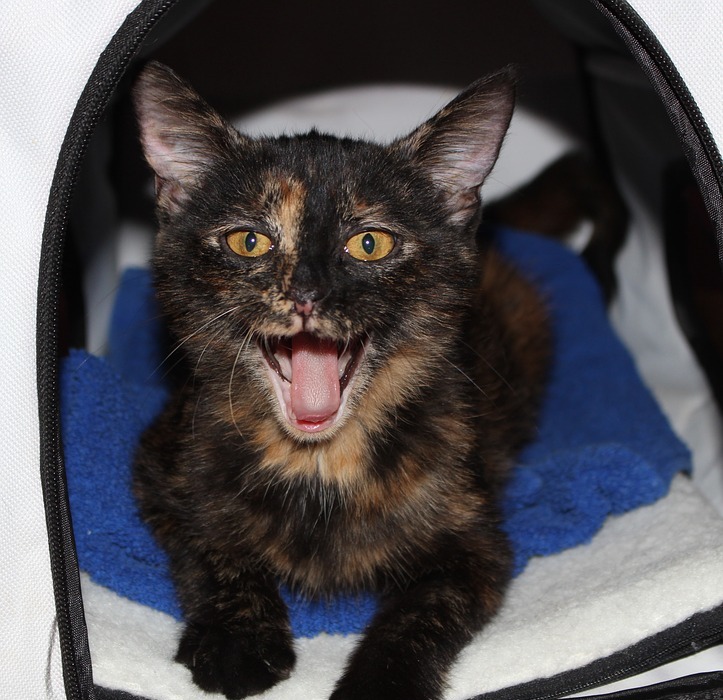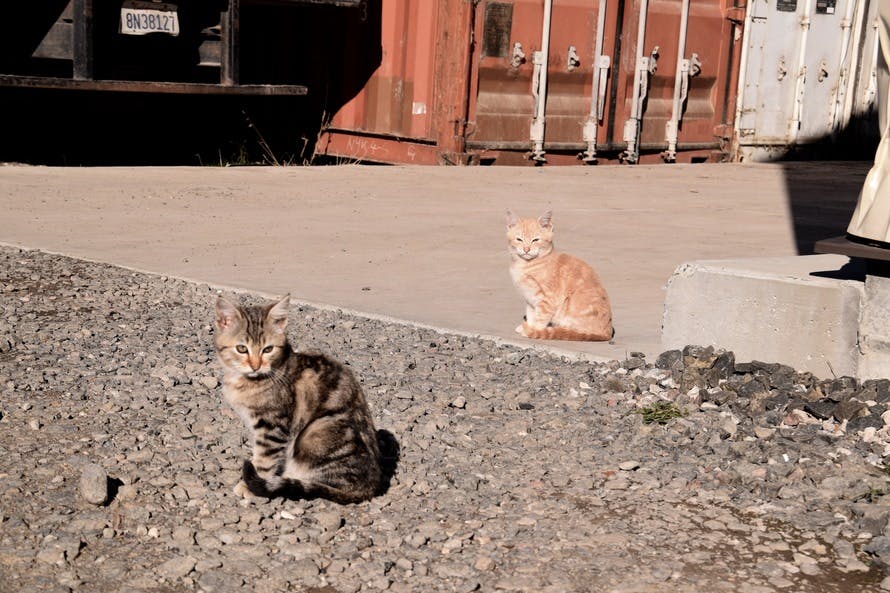7.1. What colours can cats see?

Cats are dichromats, meaning they have two types of cones and can primarily see shades of blue, green, and grey. They have limited ability to distinguish between these colours and cannot see red or orange.
7.2. How does the tapetum lucidum help cats see in the dark?

The tapetum lucidum is a reflective layer behind the retina that amplifies incoming light, enhancing cats' ability to see in low-light conditions. It acts like a mirror, reflecting light back through the retina, making the available light more effective.
7.3. What is the difference between rods and cones?

Rods are primarily responsible for detecting light intensity and movement, enabling vision in low-light environments. Cones are responsible for colour vision. Cats have a higher concentration of rods compared to humans, resulting in superior night vision but a limited colour spectrum.
7.4. Do cats have better peripheral vision than humans?
Yes, cats have a wider field of vision, encompassing approximately 280 degrees, thanks to the placement of their eyes on the sides of their heads. This allows them to see objects approaching from various directions.
7.5. Can I improve my cat's vision?
While you cannot directly improve your cat's vision, you can create a stimulating environment with various textures, shapes, and colours to engage their visual senses. Providing adequate lighting can also enhance their ability to see in low-light conditions.
7.6. What are some signs of visual impairment in cats?
Signs of visual impairment in cats include clumsiness, bumping into objects, changes in behaviour, avoiding bright lights, difficulty navigating stairs, and a loss of interest in toys or play.
7.7. What should I do if I suspect my cat has vision problems?
If you suspect your cat may have vision problems, schedule an appointment with your veterinarian for a comprehensive examination. Early diagnosis and treatment can help manage any potential visual issues and maintain your cat's quality of life.
Everyone is watching
-

Are Cat Ribs Flexible? Understanding Their Anatomy
CATS & KITTENSThis article delves into the fascinating world of feline anatomy, exploring the flexibility of cat ribs and ho...
-

Can Cats Eat Bananas? (Everything You Need to Know)
CATS & KITTENSThis article dives into the intriguing question of whether cats can safely enjoy the sweet, yellow fruit, bana...
-

Cat Lifespan: How Long Do Cats Live?
CATS & KITTENSThis comprehensive guide explores the factors influencing the lifespan of our feline companions, providing ins...
-

Can Cats Get COVID-19? What You Need to Know
CATS & KITTENSThis article will delve into the fascinating world of feline COVID-19 susceptibility. We'll explore whether ca...
-

Can Cats Eat Eggs? A Complete Guide to Egg Safety for Your Feline Friend
CATS & KITTENSWhen it comes to treating our furry companions, we all want to ensure we're doing what's best for them. Eggs...
